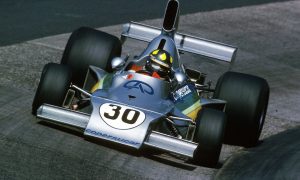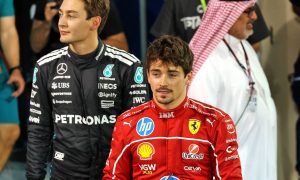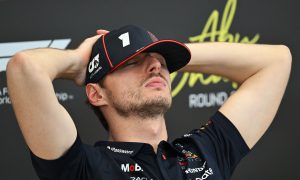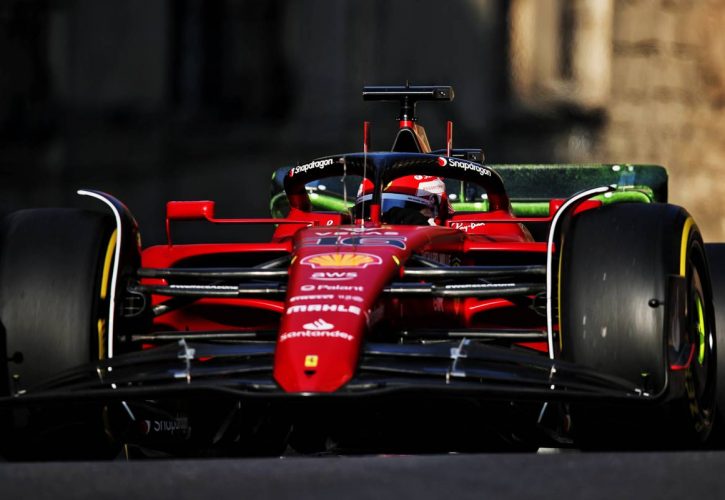
F1 drivers have formally urged the FIA to look into the long-term physical effects of the porpoising phenomenon associated with the sport's new-generation cars.
Formula 1's new designs rely on ground effects to generate downforce but to optimize the latter, cars must run as close as possible to the ground.
However, the low ride height and extremely stiff set-up have led to chronic porpoising, a high frequency vertical movement linked to a car's floor and aerodynamics and that appears at high speed on the straights.
The issue is more or less severe according to each team's design, with Mercedes and Ferrari appearing to suffer the most from the problem, while Red Bull has succeeded in mitigating the issue significantly.
Both Mercedes' George Russell and Ferrari's Carlos Sainz are among those who have expressed their concerns over the long-term consequences for drivers - mainly on their back and neck - of enduring consistent bouncing and bottoming.
"It’s just a matter of time before we see a major incident, a lot of us can barely keep the car in a straight line over these bumps," said Russell, who reportedly led the drivers' call for the FIA to take action on the matter.
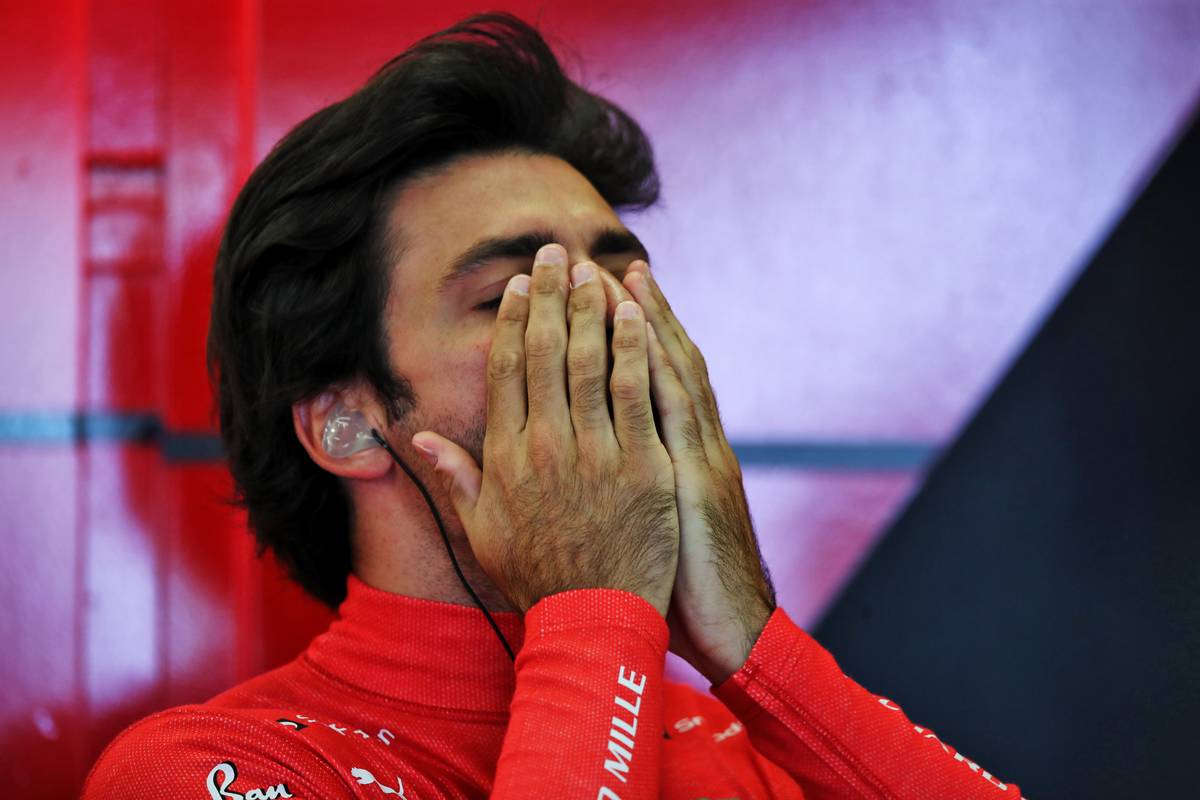
Sainz, who struggled with bouncing and bottoming a lot on Friday in Baku, unusually more than teammate Charles Leclerc, confirmed that the drivers' had brought the problem to the fore in Friday evening's drivers briefing in Baku.
"It got to a point where in the drivers’ briefing we all looked at each other and said ‘we need to do something’," Sainz said. "Because it’s okay one race, but can we do 10 more years like this? I doubt it.
"We kindly asked the FIA to look into it, to don’t, let’s say, listen to the teams too much and to listen to us, that we were saying that it’s getting to a point where we are struggling, all of us, to handle this."
As part of F1's regulation overhaul, F1's new cars feature less sophisticated suspension designs. Sainz argues that opening up the rules would perhaps allow designers to find better solutions to mitigate porpoising.
For now, the only viable fix is to raise a car's ride height, but this also impacts performance dramatically.
"I don’t think we need a medical commission we just need something smarter on the suspension or the way the cars are being run, where the FIA controls a bit better the possibility of the teams running that stiff, that hard, that kind of ride that you see on the straights," said Sainz.
"I’m pretty sure if you ask two or three engineers they will know the answer and what can be done to limit this and regulate it.
"But we just need the FIA to act as soon as possible because if not it will start accumulating."
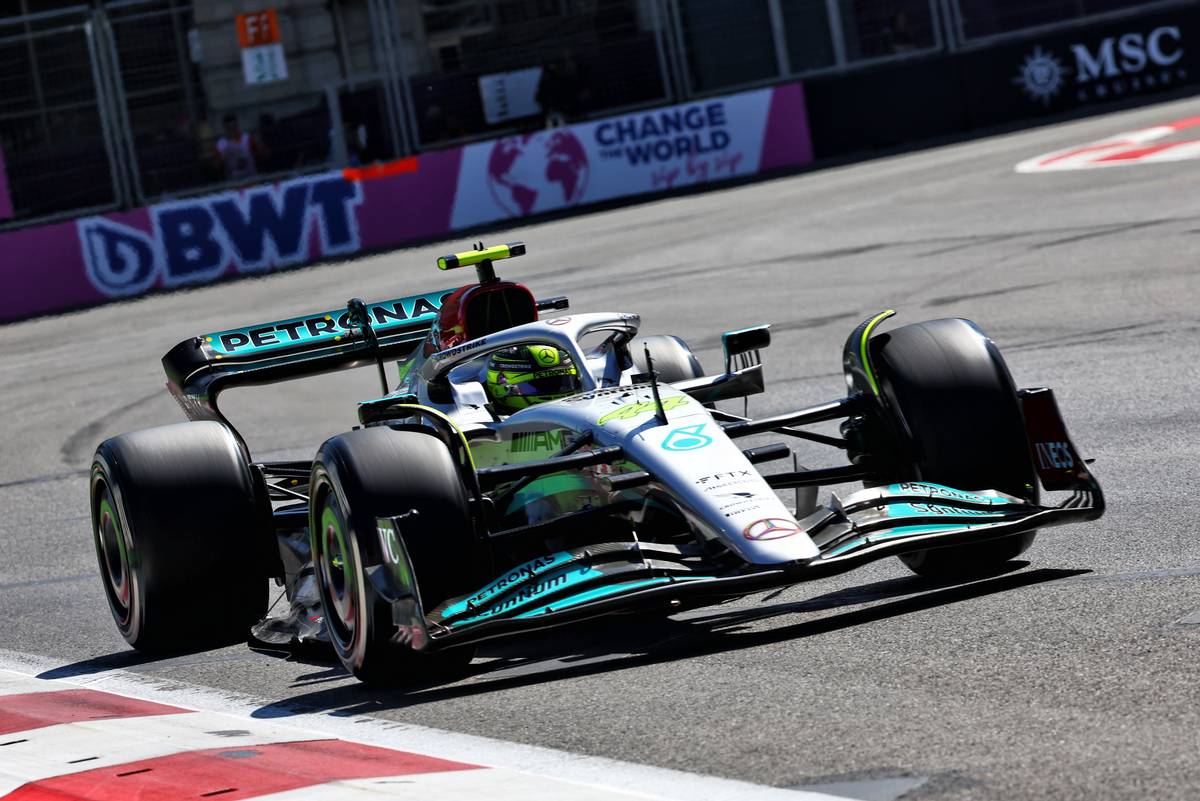
According to a report from The Race, F1 drivers were told that the FIA was open to changes that could reduce the bouncing effect.
However, the required majority among the teams to pass a vote that would implement a change to the regulations does not currently exist.
Teams that may have a competitive interest in enforcing a status quo – Red Bull comes to mind – are reportedly therefore blocking the changes.
"I don’t know if you can call it a danger, but you can say is it necessary to Formula 1 to have 20 drivers at the end of each race with back issues?" added Sainz.
"My personal opinion is that with the technology that there is nowadays, why do we need to carry this painful situation into our careers when you can put up a pretty easy solution to it?"
Keep up to date with all the F1 news via Facebook and Twitter



